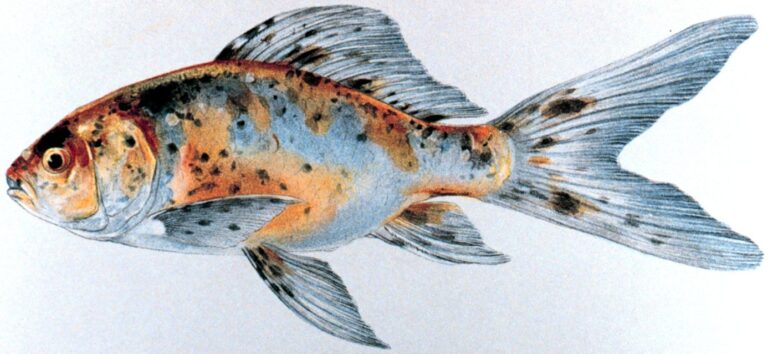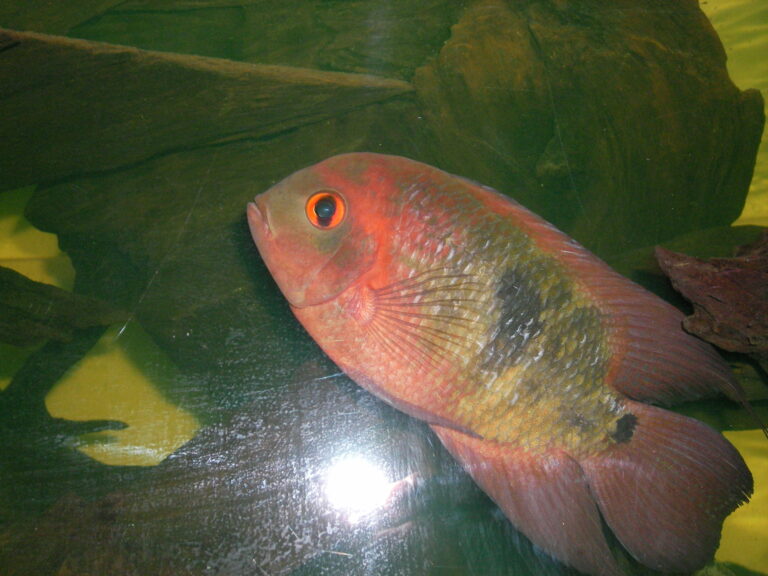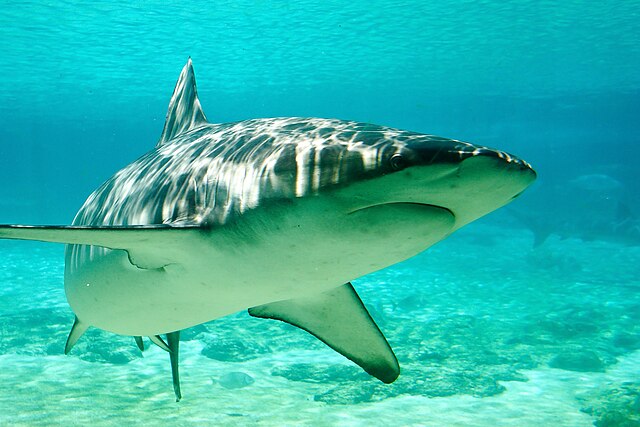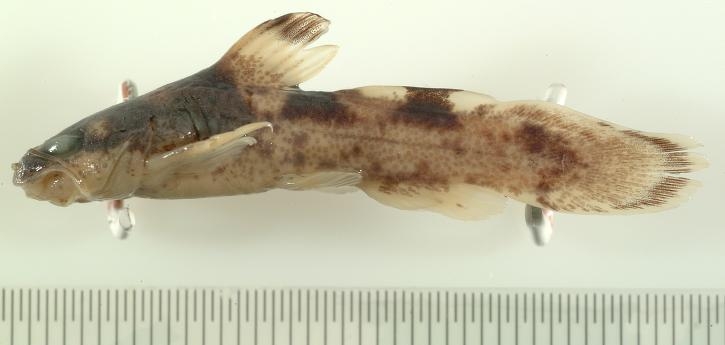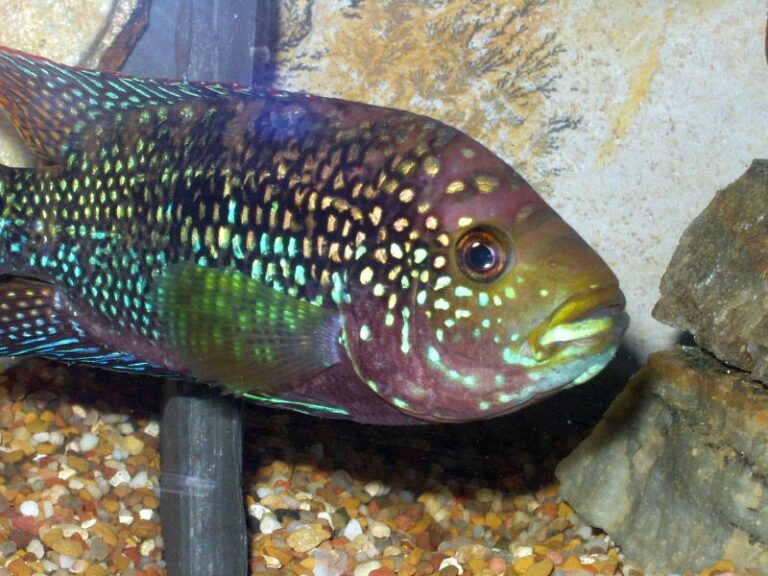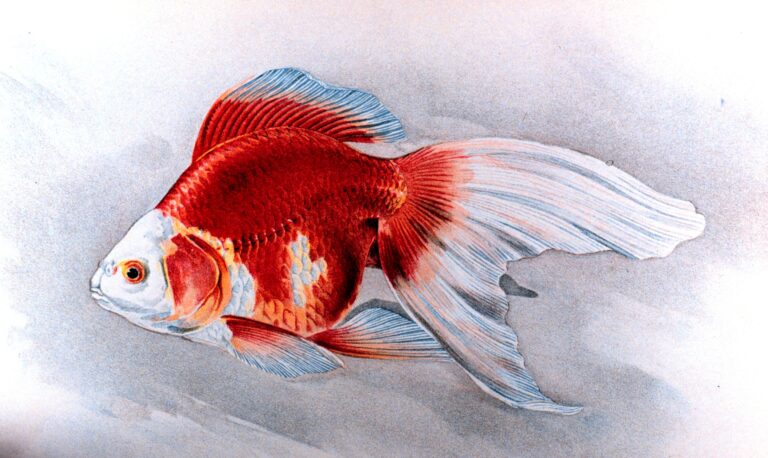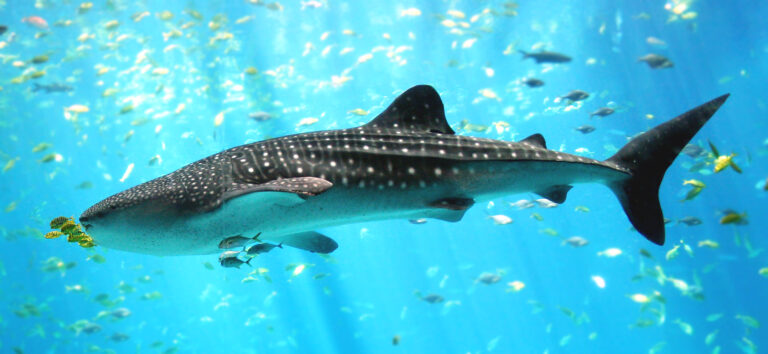Mastering Fishing Casting Techniques: Complete Guide
By Adam Hawthorne | Last Modified: April 26, 2025

Have you ever watched someone cast their line with perfect precision while you struggle to avoid tangling yours in nearby trees? I’ve been there too. After 30+ years of fishing in everything from small Michigan ponds to the open waters of Baja California, I’ve learned that your casting technique can make or break your fishing success.
In this guide, I’ll share practical casting techniques I’ve perfected over decades of trial and error. Whether you’re just starting out or looking to improve your existing skills, these methods will help you cast more accurately, reach distant fish, and ultimately catch more.
Fishing Casting Techniques Every Angler Should Master
The foundation of successful fishing starts with how you deliver your bait or lure to the water. I’ve found that even minor adjustments to your casting technique can dramatically improve your results.
When I first started fishing with my grandfather on Lake Michigan, my casts would often go wildly off target. “It’s not about strength, Adam,” he’d tell me, “it’s about timing and technique.” Those words have stuck with me through thousands of casts across North America.
According to a study by the Recreational Boating & Fishing Foundation, proper casting techniques account for about 60% of an angler’s success rate. Mastering these fundamentals creates the foundation for everything else.
Let’s break down the essential casting techniques every angler should have in their arsenal.
Understanding the Basic Physics of Casting
Before diving into specific techniques, it helps to understand the basic principles behind a good cast. Casting is essentially about transferring energy from your body through the rod and into the line.
The energy builds as you move the rod backward (the backcast) and is released as you move it forward. The rod bends, storing energy like a spring, and then straightens, propelling your lure or bait forward.
This might sound technical, but trust me – once you feel it in practice, it becomes second nature. I didn’t fully grasp this concept until about five years into my fishing journey, and it completely transformed my approach. The physics behind casting is well-explained in this detailed guide from the Department of Natural Resources, which breaks down the mechanics in accessible terms.
The Overhead Cast: Your Fundamental Technique
The overhead cast is the bread and butter of fishing techniques. I use this method for about 70% of my fishing situations because it’s versatile, relatively easy to master, and effective in most environments.
Here’s how to execute a proper overhead cast:
- Start with your rod tip pointed slightly downward, with about 6-10 feet of line extending from the tip
- Bring the rod backward in a smooth motion until it reaches the 2 o’clock position
- Pause briefly to allow the line to straighten behind you
- Accelerate the rod forward, stopping abruptly at the 10 o’clock position
- Release your line at the right moment (typically as the rod passes vertical)
The most common mistake I see – and one I made for years – is using too much arm strength. In reality, it’s more about wrist action and timing than power. I realized this during a frustrating day on the Au Sable River when nothing was working until an older angler showed me how to let the rod do the work.
For beginners, I recommend practicing this cast in an open area like a park before heading to the water. Ten minutes of focused practice can save hours of frustration on the water.
The Side Cast: Perfect for Tight Spaces
When I’m fishing under low-hanging branches or in tight spaces – which happens often in the smaller tributaries around Traverse City – the side cast becomes invaluable.
Instead of moving the rod in a vertical plane, you cast horizontally, parallel to the water’s surface. This technique keeps your line low, avoiding obstacles overhead.
To execute a side cast:
- Position your body sideways to your target
- Hold your rod parallel to the water
- Sweep the rod back horizontally
- Bring it forward with a smooth acceleration
- Stop the rod abruptly to release the energy
I remember learning this technique out of necessity while fishing a narrow creek in northern Michigan. The overhead casts were consistently getting caught in branches until I switched to side casting and suddenly had access to previously unreachable spots.
The side cast is also excellent for windy conditions, as your line stays lower and is less affected by cross breezes. During particularly gusty days on Lake Erie, switching to a side cast has often saved what would otherwise be a frustrating outing.
The Roll Cast: A Fly Fishing Essential
Though I primarily use this with fly fishing gear, the roll cast concept can be adapted for spin casting in certain situations. This technique is perfect when you have limited backcast space or when repositioning your line without fully retrieving it.
The roll cast uses the surface tension of the water to load (bend) the rod:
- Start with your line extended on the water in front of you
- Slowly raise your rod tip to about 1 o’clock position
- Pause to allow a D-shaped loop of line to form behind the rod
- Snap the rod forward with a firm wrist flick
- Stop the rod at about 10 o’clock to unroll the line forward
I struggled with this cast for weeks when learning to fly fish on the Au Sable. The breakthrough came when I realized I was rushing the setup – the key is patience in forming that D-loop before the forward cast.
For conventional tackle, a modified roll cast can help when you need to reposition a lure without fully retrieving it. This has saved me countless times when fishing around structures where a complete recast might spook nearby fish.
The Pitch Cast: Precision for Close Targets
When fishing structure like docks, fallen trees, or lily pads, accuracy becomes more important than distance. That’s where the pitch cast shines.
I use this technique extensively when bass fishing around Lake Michigan’s numerous docks and when targeting specific pockets in vegetation. It’s all about controlled, pinpoint delivery.
To perform a pitch cast:
- Hold your lure in your non-casting hand
- Lower the rod tip toward the water
- Release the lure as you raise the rod
- Use minimal force – let the rod’s flex do the work
- Guide the lure to land softly at your target
What I love about the pitch cast is how it allows for a quiet entry into the water. During a memorable morning at Mosquito Lagoon in Florida, this technique helped me land several skittish redfish that would have scattered with a louder, more aggressive cast.
The reduced splash of the pitch cast is particularly valuable in clear, shallow water where fish are easily spooked. I’ve had days where switching to this subtle approach turned a slow fishing day around completely.
The Flip Cast: Getting Into Tight Spots
Similar to pitching but even more specialized, flipping is my go-to technique for extremely precise short-distance casting, particularly under overhanging cover.
This technique shines when you need to place your bait in small openings within heavy cover:
- Pull out enough line to reach your target plus some extra
- Hold the lure in your non-casting hand
- Swing the lure like a pendulum toward the target
- Use your wrist to direct the rod tip
- Release the lure at the forward point of the swing
During a challenging bass fishing trip in the Everglades, I watched a local guide exclusively use the flip cast to pull fish from seemingly impenetrable mangrove roots. After adopting his technique, my catch rate nearly doubled that afternoon.
One crucial detail: maintain tension on your line throughout the flip cast. This gives you immediate contact if a fish strikes as your bait enters the water. I’ve caught some of my largest bass in the first second after the bait hits the water using this method.
The Skip Cast: Reaching Under Obstacles
The skip cast is a specialized technique that lets you send your lure skipping across the water’s surface – perfect for getting under docks, overhanging trees, or other low clearance obstacles.
Think of it like skipping a stone, but with your lure:
- Use a side-arm casting motion
- Aim to hit the water at a shallow angle (about 20 degrees)
- Release when your rod is parallel to the water
- The lure should touch down and skip forward
- Control the speed with your rod tip and reel
I spent an entire summer practicing this cast from my backyard into a kiddie pool before I felt confident using it on the water. The practice paid off during a memorable day at Lake Erie when I pulled three massive smallmouth bass from under a marina dock that other anglers couldn’t reach.
The skip cast requires practice – more than any other technique I’ve discussed. But the ability to reach those untouched hiding spots makes it worth the effort. I typically use this with soft plastic lures as they skip more effectively than harder baits.
Distance Casting: Reaching Far-Away Fish
Sometimes the fish are simply far away, especially when surf fishing or casting from shore on larger bodies of water. In these situations, distance casting techniques become essential.
I learned the importance of distance casting during my trips to the Outer Banks, where reaching the deeper troughs beyond the breakers meant the difference between catching fish and going home empty-handed.
To achieve maximum distance:
- Use a longer rod (7+ feet) with suitable line weight
- Position your body sideways to the target
- Load the rod fully during the backcast
- Use your entire body in the cast, not just your arms
- Time your release perfectly as the rod passes vertical
- Follow through with your cast
The biggest distance breakthrough for me came when I focused less on power and more on smooth acceleration. During a casting clinic in Maine, the instructor had me cast with my eyes closed to feel the rhythm rather than force it. My distance immediately improved by about 20 feet.
Remember that different rods and reels have different optimal casting techniques. My graphite bass rod requires a different approach than my heavier surf casting setup. Spend time getting to know your gear’s sweet spot for maximum distance. The American Sportfishing Association reports that matching your casting technique to your specific gear can improve casting distance by 15-30%.
Accuracy Casting: Hitting Your Target
While distance is impressive, accuracy often matters more. I’d rather consistently hit a 30-foot target than occasionally reach 60 feet while missing the strike zone.
Accuracy comes from practice and proper technique:
- Focus on a specific target, not a general area
- Keep your casting motion compact and controlled
- Use your rod tip to aim, pointing it directly at your target
- Practice stopping your cast abruptly at the end
- Adjust your release timing to fine-tune placement
I practice accuracy at home by setting up targets in my yard – everything from hula hoops to paper plates. Ten minutes of focused practice a few times a week has dramatically improved my on-water performance.
During a camping trip along the Columbia River, I noticed how the most successful anglers weren’t casting the furthest – they were repeatedly hitting specific eddies and current seams with remarkable precision. Since then, I’ve prioritized accuracy over distance in most situations.
Adjusting Your Cast for Weather Conditions
Mother Nature doesn’t always cooperate with perfect casting conditions. Learning to adjust your technique for different weather is crucial for consistent success.
Casting in the Wind
Wind is perhaps the biggest challenge to accurate casting. I’ve found these adjustments helpful:
- Cast with the wind when possible
- Use heavier lures that cut through the air better
- Lower your rod tip to reduce line exposure to wind
- Use more compact casting motions
- Adjust your aim to account for drift
The National Weather Service offers excellent resources for understanding wind patterns and strength, which can be invaluable for planning fishing trips and adapting your casting technique to prevailing conditions.
During a particularly windy day on Lake Superior, I noticed my casting accuracy improved significantly when I switched from overhead to side casting. The lower trajectory kept my line out of the strongest gusts.
For crosswinds, aim slightly upwind and expect your lure to drift. With practice, you’ll develop an intuitive sense of how much to compensate based on wind strength.
Handling Different Line Types
Different fishing lines require adjustments to your casting technique:
- Monofilament: More stretch and memory, requiring more deliberate casting
- Fluorocarbon: Denser and sinks faster, needs slightly more power
- Braided Line: Thinner and less memory, allowing for longer casts but requiring more attention to prevent backlash
I primarily use braided line with a fluorocarbon leader for most of my fishing now, but I spent years casting straight monofilament. The transition required significant adjustment to my timing and power application.
When I switched from monofilament to braid on my spinning reels, I had to completely relearn my release timing. The lack of stretch in braid meant I needed to be much more precise – a valuable lesson learned after a day of frustrating tangles on Lake Michigan.
Common Casting Problems and Solutions
Even after decades of fishing, I still encounter casting challenges. Here are some common issues and how I address them:
Dealing with Backlash
Backlash (or “bird’s nests” as my grandfather called them) happens to everyone using baitcasting reels. Here’s how I minimize them:
- Adjust your reel’s braking system properly
- Thumb the spool lightly during the cast
- Stop the spool slightly before your lure hits the water
- Match your casting power to your lure weight
- Practice with heavier lures before moving to lighter ones
I spent an entire winter practicing my baitcasting technique in my basement using a practice plug. The time investment paid off immensely when spring arrived.
For beginners struggling with baitcasters, I often recommend starting with a spinning reel, which is more forgiving while you learn the fundamental mechanics of casting.
Fixing Accuracy Issues
If you’re consistently missing your target:
- Slow down your casting motion
- Focus on a smooth acceleration rather than raw power
- Make sure you’re following through properly
- Practice with your eyes on the target, not your lure
- Ensure your equipment is matched properly (rod, reel, line, lure)
During my instructional sessions at local fishing clubs, I’ve found that most accuracy problems stem from trying to cast too hard. When anglers slow down and focus on technique, their accuracy typically improves immediately. This finding is supported by research from Berkley Fishing, which emphasizes controlled movement over power in their professional casting instruction.
Specialty Casting for Different Fishing Styles
Different fishing styles require specialized casting approaches. Here are techniques for specific situations:
Fly Fishing Casts
While fly casting deserves its own complete article, here are the fundamentals:
- The Basic Cast: Uses distinct back and forward casts with pauses
- False Casting: Multiple back and forth casts to extend line or dry a fly
- Roll Cast: Uses water tension to load the rod without backcast
- Reach Cast: Positions your line to control drift in currents
My introduction to fly fishing on the Au Sable River was humbling after years of conventional casting. The technique felt completely foreign, but once I understood the rhythm, it opened up a whole new dimension of fishing experiences. The Federation of Fly Fishers offers excellent resources for those looking to expand their casting repertoire to include fly fishing techniques.
Ice Fishing Jigging Techniques
While not traditional “casting,” ice fishing requires its own specialized techniques for presenting bait:
- Subtle Lifts: Small 1-2 inch movements for finicky fish
- Aggressive Jigging: Larger movements to attract attention
- Dead Sticking: Minimal movement for extremely pressured fish
During winter trips to northern Michigan and a memorable expedition to Quebec, I’ve found that the most successful ice anglers aren’t those with the fanciest equipment, but those who master the subtle art of jigging presentation.
Practice Drills to Improve Your Casting
Improvement comes through deliberate practice. Here are drills I use to maintain and improve my casting:
- Target Practice: Set up hula hoops or buckets at various distances
- Distance Ladder: Start close and gradually move back as you succeed
- Obstacle Course: Practice casting around and under obstacles
- Wind Sessions: Intentionally practice during windy conditions
- Weak Hand Casting: Learn to cast with your non-dominant hand
I dedicate at least 30 minutes a week to backyard practice, even after all these years. During the offseason, I’ll often set up targets in my yard and practice different casting techniques to stay sharp.
The best investment I ever made in my casting was a fishing buddy who would honestly critique my form. Find someone who can watch and provide feedback – it’s invaluable for correcting flaws you can’t see yourself.
Using Video to Improve Your Technique
In recent years, I’ve found recording my casting extremely helpful for improvement:
- Set up a smartphone on a tripod or have someone record you
- Cast several times using different techniques
- Review the footage to identify issues in your form
- Make one adjustment at a time
- Record again to see if the adjustment helped
This approach helped me identify a flaw in my roll casting technique that I’d been struggling with for years. Sometimes seeing is understanding in a way that feeling alone can’t accomplish. The Bass Anglers Sportsman Society recommends video analysis as one of the most effective ways to improve casting technique, particularly for intermediate anglers looking to refine their skills.
Equipment Considerations for Better Casting
While technique matters most, your equipment choices significantly impact casting performance:
Matching Rod and Reel to Your Casting Style
Consider these factors when selecting equipment:
- Rod Length: Longer rods generally cast farther but sacrifice accuracy
- Rod Action: Fast-action rods cast farther; moderate action provides more accuracy
- Rod Power: Match to your typical lure weight and target species
- Reel Type: Baitcasters offer precision; spinning reels are more forgiving
My personal setup for most freshwater fishing is a 7-foot medium-power, fast-action rod paired with a quality spinning reel. This combination offers the versatility I need for everything from small creeks to larger lakes.
For specialized situations, I adjust accordingly. When surf casting on the Outer Banks, I use a 10-foot heavy power rod that can launch baits past the breakers. For tight creek fishing, I downsize to a 5’6″ ultralight setup for precision.
Line Selection for Optimal Casting
Your line choice dramatically affects casting performance:
- Monofilament: Good all-around option, more forgiving for beginners
- Fluorocarbon: Less visible underwater but stiffer with more memory
- Braided Line: Thinner diameter for longer casts, no stretch for better sensitivity
- Line Weight: Match to your rod specifications and target species
I primarily use 15-pound braided line with a fluorocarbon leader for most applications. The thin diameter allows for longer casts while maintaining strength, and the lack of stretch provides better feel for subtle bites.
For beginners, I typically recommend starting with monofilament as it’s more forgiving of casting errors and won’t create the same level of backlash issues as other lines.
Putting It All Together: Situational Casting
The true art of casting comes from knowing which technique to use in each situation. Here’s my decision process:
- Assess the environment (obstacles, wind, distance to target)
- Consider the target species and their behavior
- Select the appropriate casting style
- Adjust for current conditions
- Execute with proper form
During a recent fishing trip to the Florida Keys, I found myself switching between skip casts under mangroves, long distance casts to cruising fish, and delicate presentations for tailing bonefish – all within the same hour. The versatility to adjust your approach is what separates good anglers from great ones.
FAQ: Common Casting Questions
How can I increase my casting distance?
Focus on smooth acceleration rather than power, use proper loading of the rod, and ensure your timing and release are consistent. Equipment factors like rod length, line type, and lure weight also significantly impact distance.
What’s the best way to cast in windy conditions?
Cast with the wind when possible, use heavier lures, lower your trajectory with side casts, and adjust your aim to account for drift. In crosswinds, aim upwind of your target and let the wind carry your lure into position.
How do I prevent backlash when using a baitcaster?
Properly adjust your reel’s braking system, thumb the spool lightly during the cast, match your casting power to lure weight, and practice with heavier lures before attempting lighter ones. Consistent practice is key to developing the feel required.
Should beginners start with spinning or baitcasting reels?
Most beginners should start with spinning reels, which are more forgiving while learning basic casting mechanics. Once those fundamentals are mastered, transitioning to baitcasting equipment becomes easier.
How important is casting practice off the water?
Extremely important. Dedicated practice in a controlled environment allows you to focus entirely on technique without the distractions of actual fishing. Even 15-20 minutes of backyard practice several times a week can dramatically improve your on-water performance.
Can casting technique impact fish catches even if the lure is in the right spot?
Absolutely. Beyond placement, how your lure enters the water and moves immediately afterward greatly affects fish response. A properly executed cast allows for a more natural presentation that typically results in more strikes.
Final Thoughts on Mastering Casting Techniques
After decades of fishing across North America, I’ve come to believe that casting is where the art and science of fishing meet. The mechanical principles are consistent, but the application becomes an intuitive art form developed through experience.
Don’t be discouraged if improvement comes slowly. I still remember the frustration of my early days on Lake Michigan, watching my grandfather effortlessly place casts while mine went astray. With practice and patience, your casting will improve, and with it, your fishing success. The American Sportfishing Association reports that casting skill is cited as the number one factor in angler satisfaction across all experience levels.
Remember that even “perfect” casting technique sometimes needs to be intentionally modified for specific situations. There are days when a sloppy splash serves better than a delicate presentation, and others where the opposite is true. Learning when to apply each technique is the final frontier of casting mastery.
What casting techniques have you found most useful in your fishing adventures? I’d love to hear about your experiences in the comments below!

Meet Adam Hawthorne
I’m a lifelong fishing enthusiast who’s spent years exploring rivers, lakes, and oceans with a rod in hand. At Fishing Titan, I share hands-on tips, honest gear reviews, and everything I’ve learned about fish and ocean life, so you can fish smarter and enjoy every cast.
Share:

Meet Adam Hawthorne
I’m a lifelong fishing enthusiast who’s spent years exploring rivers, lakes, and oceans with a rod in hand. At Fishing Titan, I share hands-on tips, honest gear reviews, and everything I’ve learned about fish and ocean life, so you can fish smarter and enjoy every cast.
Related Articles
-
Shubunkin Goldfish
The Shubunkin Goldfish (Carassius auratus) represents one of the most popular and visually striking varieties of goldfish kept in aquariums and outdoor ponds worldwide. Originally…
-
Chocolate Cichlid
The Chocolate Cichlid stands as one of South America’s most distinctive freshwater species, captivating aquarists and researchers alike with its remarkable color transformations and complex…
-
Dusky Shark
The Dusky Shark represents one of the most ecologically significant yet vulnerable large predators inhabiting coastal and pelagic waters worldwide. Known scientifically as *Carcharhinus obscurus*,…
-
Cardinal Tetra
The Cardinal Tetra (Paracheirodon axelrodi) stands as one of the most vibrant and sought-after freshwater aquarium fish in the world, captivating aquarists and marine biologists…
Fish Species
-
Madtom Catfish
The Madtom Catfish represents one of North America’s most fascinating yet underappreciated groups of freshwater fish. These diminutive members of the family Ictaluridae, scientifically classified…
-
Jack Dempsey Fish
The Jack Dempsey Fish stands as one of Central America’s most distinctive cichlid species, captivating aquarists and researchers alike with its remarkable behavioral complexity and…
-
Ryukin Goldfish
The Ryukin Goldfish (Carassius auratus) stands as one of the most distinctive and culturally significant ornamental fish varieties in the aquarium trade. Originating from Japan…
-
Whale Shark
The whale shark (*Rhincodon typus*) stands as the ocean’s largest fish species, representing one of nature’s most remarkable gentle giants. Despite its imposing size, reaching…

